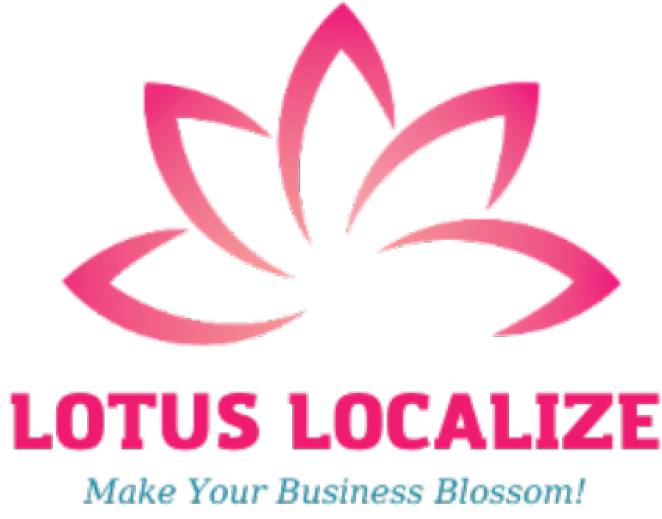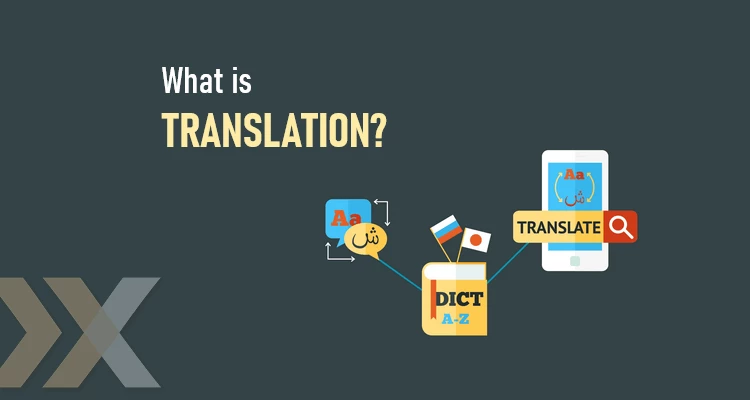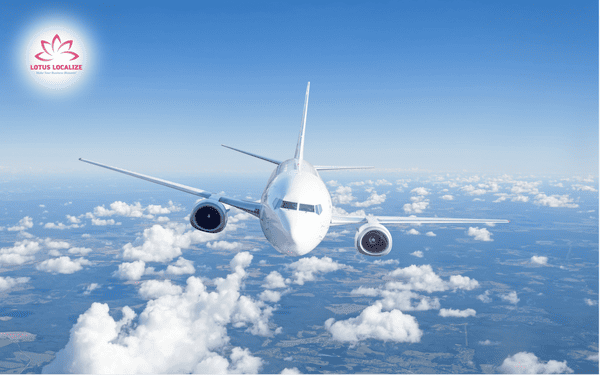In today’s era of globalization, cultural, economic, and educational exchanges among countries are growing rapidly. Along with this, the demand for personal document translation, technical document translation, contract translation, website localization, game localization, etc., by individuals, organizations, and businesses is increasing. The process of translating these documents is called translation.
However, most individuals and businesses, when the need for translation services arises, often do not fully understand the details and basic requirements of this service. This can lead to difficulties, time loss, and expenses in finding a reliable and quality translation service provider.
In this article, let’s explore in detail the concept of “translation,” as well as the specific characteristics and important role of the “translation” service, with Lotus Localize.
1. Overview of Translation

Translation acts as a bridge between the author and the reader in a different language. To fulfill this bridging role, a translator must understand what the author writes and convey that accurately to the recipient. In other words, a translator must be able to “read” in the source language and “write” in the target language.
1.1. Concept
Translation is the process of converting text or content from one language into another, ensuring that the content and meaning of the original text are preserved and accurately understood in the target language.
The task of translation is usually carried out by someone called a “translator,” who needs to have extensive knowledge of both languages as well as an understanding of the context and grammar of both languages to accurately and meaningfully translate. Translation can be applied to various types of texts, including literary, technical, medical, and many other fields.
1.2. Role of Translation
Translation plays a crucial and diverse role. Here are some key roles of translation:
- Information Transmission: Translation helps convey information from one language to another, making it accessible and understandable by speakers or readers in the target language. In international trade, translation plays a vital role in connecting businesses and facilitating global trade transactions. It helps companies engage in the international market and creates opportunities for global cooperation and development.
- Facilitating Global Development: Translation can promote global economic and social development by facilitating the exchange of information, collaboration, and innovation on an international scale.
- Cultural Integration: Translation helps build cultural bridges, enabling people to understand and empathize with each other through different expressions and cultural backgrounds.
2. Common Translation Services Today

Translation is the process of converting content from one source language to a target language, ensuring accuracy and conveying the meaning of the original text. It is one of the most common and important forms of translation. Common types of translation services today include:
- Translation of Business Contract Documents: In international trade, translating contract documents, agreements, and legal texts is crucial for ensuring mutual understanding and agreement among parties.
- Translation of Technical Texts: In the field of technology and engineering, translation helps convert product documentation, user manuals, and technical specifications from one language to another to support the development and use of technology products globally.
- Medical Translation: In the medical field, translation enables the dissemination of information on research, medical records, and treatment guidelines to the international community. This is crucial for sharing knowledge about healthcare and medical research.
- Literary Translation: In the literary field, translation facilitates the publication and sharing of literary works, comics, and films worldwide. This allows the culture and art of a country to be understood and appreciated by international readers and audiences.
- Website and Mobile App Translation: To expand their market and reach global customers, businesses often use translation services to translate their websites and mobile apps into multiple languages.
- Translation in Teaching and Learning: In the field of education, translation is used for multilingual teaching and learning, helping students and learners understand lectures and teaching materials.
- Translation in Politics and Diplomacy: Political translation is crucial in international meetings, multilateral forums, and national meetings to ensure understanding and accurate communication in international relations.
3. Implementation of Translation

There are various methods for implementing translation depending on the type of document, goals, and context. Here are some methods for implementing translation:
- Manual Translation: This is a traditional method where a translator (interpreter) uses language and subject matter knowledge to manually translate from the source language to the target language. This method is suitable for complex documents that require a deep understanding of both language and subject matter.
- Use of Computer-Aided Translation (CAT) Tools: Translation technology has advanced, allowing the use of translation software such as Google Translate or CAT tools. However, the use of software should be controlled and used as a support for human translators, not as a complete replacement for complex documents requiring subject matter expertise.
- Community Translation: This method involves the direct participation of community users in translating documents. This is often applied in open-source projects, online documents like Wikipedia, or other community projects.
- Machine Translation (MT): Computer technology and artificial intelligence have developed powerful machine translation systems such as Neural Machine Translation (NMT). Services like Google Translate use this system to provide fast translation for simple documents.
4. Translation Process
With the ISO 17100 standard translation process, Lotus Translation always delivers the most accurate and high-quality translation products to its customers. This process includes the following steps:
- Pre-Translation: Before starting the translation, the translator needs to familiarize themselves with the specialized field of the document to understand the context and terminology and determine the audience and purpose of the document.
- Translation: The translator translates from the source language to the target language, ensuring accuracy, grammar, and correct sentence structure.
- Error Checking: After completing the translation, the translator needs to check for grammar, spelling, and semantic errors to ensure a complete and high-quality translation.
- Editing: Sometimes, it’s necessary to edit and adjust the translation to improve clarity and ensure suitability for the context.
Use of Translation Support Tools:
During the translation process, the translator may use Computer-Aided Translation (CAT) tools to manage vocabulary, terminology, and project documents.
- Research and Reference: In the case of specialized or complex documents, the translator needs to conduct research and additional studies to ensure accuracy and understanding of the field.
Final Stage: After completing the translation process, the document will be delivered to the client or published, depending on the project’s goals and requirements.
















